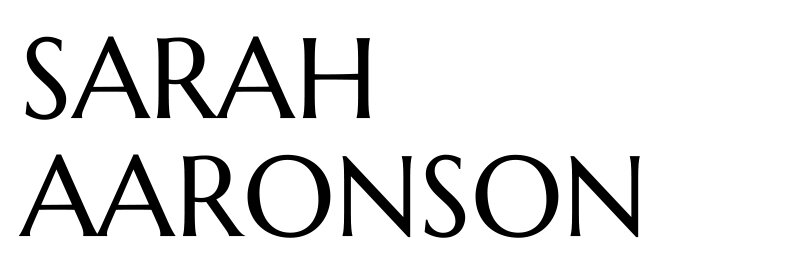STATUES OF LIMITATIONS
Torso of the left statue of Phrygian captives • 1900 • Corinth Excavations • Ancient Corinth • Image courtesy of the American School of Classical Studies at Athens
How several models from Alber Elbaz’s Spring 2010 Lanvin catwalk could have easily stood in for the two Phrygian sculptural figures who once stood at the upper story of the Captives’ Façade in Ancient Corinth... Elbaz’s masterful draping and exquisite use of adornments echoed the timeless style of the Greco-Roman world...
Two colossal fine white Parian marble sculptures of Phrygian captives were discovered during the ASCSA excavations at Corinth in 1900. These sculptures once stood high above the Lechaion Road, adorning the upper story of the Captives’ Façade of the North Basilica. Notoriously difficult to date, this monument may have commemorated Septimius Severus’ victory over the Parthians in 197 CE. The statues have been dated somewhere between the second half of the 2nd century to the early 3rd century CE. The pair currently reside at the Archaeological Museum of Ancient Corinth • The American School of Classical Studies at Athens
Right statue of Phrygian captives used as piers in the Captives’ Façade of the North Basilica • Circa 2nd Half of 2nd Century - Early 3rd Century A.D. • Archaeological Museum of Ancient Corinth, Ancient Corinth
Right statue of Phrygian captives used as piers in the Captives’ Façade of the North Basilica • Circa 2nd Half of 2nd Century - Early 3rd Century A.D. • Archaeological Museum of Ancient Corinth, Ancient Corinth
Head of the left statue of Phrygian captives • 1900 • Corinth Excavations • Ancient Corinth • Image courtesy of the American School of Classical Studies at Athens
Left statue of Phrygian captives used as piers in the Captives’ Façade of the North Basilica • Circa 2nd Half of 2nd Century - Early 3rd Century A.D. • Archaeological Museum of Ancient Corinth, Ancient Corinth
Colossal statues of Phrygian captives on display at the Archaeological Museum of Ancient Corinth • 1965 • Ancient Corinth • Images courtesy of the American School of Classical Studies at Athens
Left statue of Phrygian captives used as piers in the Captives’ Façade of the North Basilica • Circa 2nd Half of 2nd Century - Early 3rd Century A.D. • Ancient Corinth • Image courtesy of the American School of Classical Studies at Athens
Right statue of Phrygian captives used as piers in the Captives’ Façade of the North Basilica • Circa 2nd Half of 2nd Century - Early 3rd Century A.D. • Archaeological Museum of Ancient Corinth, Ancient Corinth
Right statue of Phrygian captives used as piers in the Captives’ Façade of the North Basilica • Circa 2nd Half of 2nd Century - Early 3rd Century A.D. • Image courtesy of the Archaeological Museum of Ancient Corinth, Ancient Corinth
Pair of black and white negatives of the statues of Phrygian captives on display at the Archaeological Museum of Ancient Corinth • 1965 • Ancient Corinth • Images courtesy of the American School of Classical Studies at Athens
Right statue of Phrygian captives used as piers in the Captives’ Façade of the North Basilica • Circa 2nd Half of 2nd Century - Early 3rd Century A.D. • Archaeological Museum of Ancient Corinth, Ancient Corinth
Pair of black and white 35mm strip negatives of the statues of Phrygian captives • November 1960 • Corinth Excavations • Ancient Corinth • Images courtesy of the American School of Classical Studies at Athens
Torso of the right statue of Phrygian captives • 1900 • Corinth Excavations • Ancient Corinth • Image courtesy of the American School of Classical Studies at Athens

























